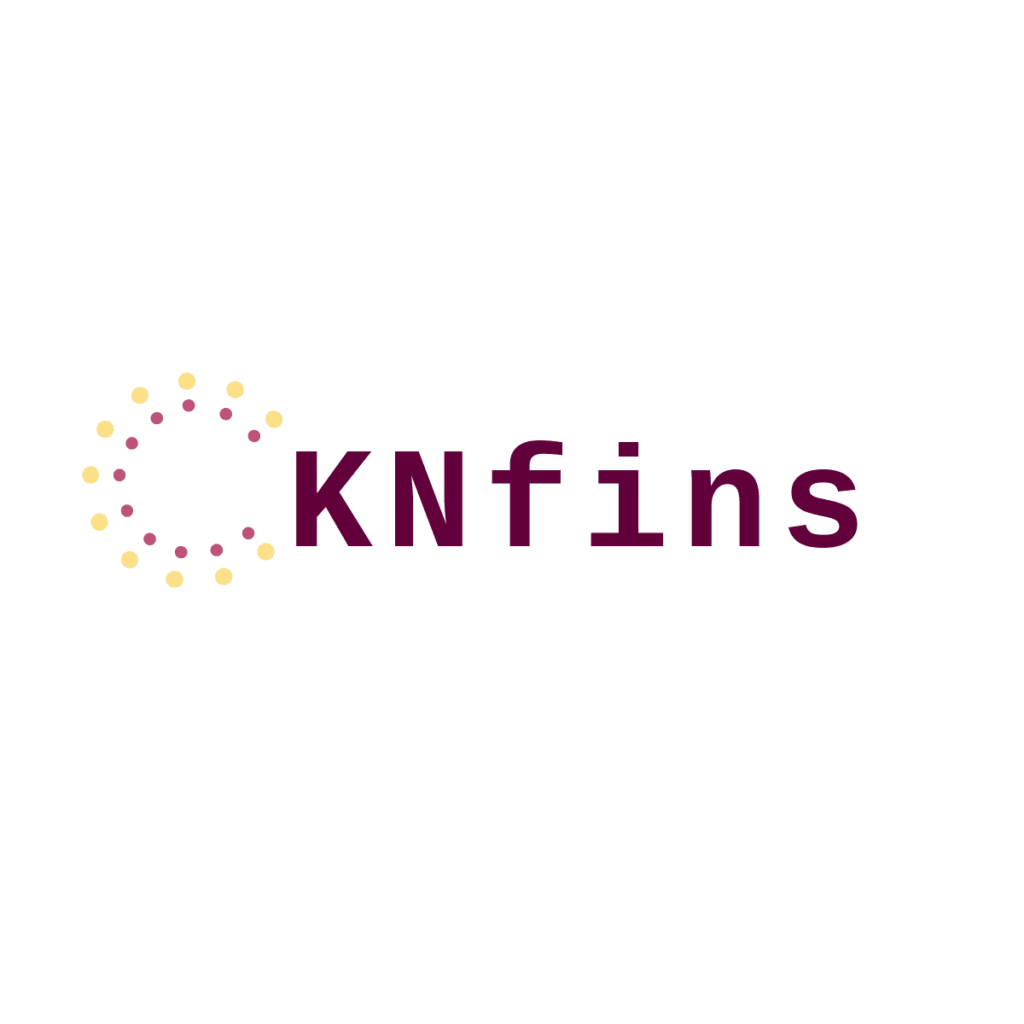Body language is an essential tool for communication in both business and social settings. It allows individuals to convey respect, attention, and enthusiasm without the need for words. By understanding and utilizing body language effectively, anyone can improve their social skills and become more adept at interacting with others. In this article, we will explore the concept of body language, its importance in the workplace, and answer some common questions about how to use it effectively.
What is body language?
Body language refers to the nonverbal signals that people use in face-to-face interactions. These signals can include movements, postures, gestures, facial expressions, and even eye contact. Often, body language is used unconsciously, without individuals being fully aware of the messages they are sending. However, by understanding and controlling one’s body language, it is possible to convey specific messages and emotions intentionally.
Body language typically accompanies verbal communication, enhancing and reinforcing the spoken message. For example, making eye contact while speaking can convey sincerity and engagement. Matching one’s body language with their words can help to strengthen the overall message and ensure effective communication.
A guide to workplace body language
Developing a strong understanding of workplace body language can significantly enhance interpersonal skills and communication effectiveness. In a collaborative work environment, clear and positive communication is essential for productivity and teamwork. Here are some tips for improving workplace body language:
1. Firm handshake: When meeting someone new, a firm handshake is often the first step in building rapport and demonstrating respect. A weak or limp handshake can indicate disinterest or lack of confidence. Conversely, a handshake that is too strong or aggressive can come across as overly assertive. Aim for a firm but not overpowering handshake to convey confidence and assertiveness.
2. Smile: Smiling is a simple yet powerful way to communicate warmth, friendliness, and openness. When greeting others or engaging in conversation, a genuine smile can set a positive tone and improve the overall interaction. Be mindful of when and how often you smile, as an excessive or forced smile can appear insincere.
3. Eye contact: Making eye contact with others is a sign of engagement, attentiveness, and respect. When speaking or listening, maintaining eye contact can help to establish a connection and show that you are actively engaged in the conversation. However, be careful not to stare or hold eye contact for too long, as this can be perceived as intrusive or intimidating.
4. Nodding: Nodding your head while listening to someone can signal that you are attentive and interested in what they have to say. This simple gesture can encourage the speaker and show that you are actively engaged in the conversation. Combine nodding with other nonverbal cues, such as eye contact and smiling, to convey genuine interest and understanding.
5. Hand gestures: Using hand gestures while speaking can enhance your message and make your communication more engaging. Open gestures with palms facing up can convey openness and honesty, while closed or clenched gestures may indicate hesitation or defensiveness. Be mindful of the type and frequency of hand gestures you use, as excessive or overly dramatic gestures can be distracting.
6. Posture: Your posture can convey a lot about your attitude and confidence level. Standing or sitting upright with shoulders back can signal confidence and openness, while slouching or crossing your arms may indicate disinterest or defensiveness. Adjust your posture to match the tone of the conversation and to show respect and engagement.
7. Moderate movements: While some movement is natural and can enhance communication, excessive or distracting movements should be avoided. Be mindful of tapping, fidgeting, or other nervous habits that can detract from your message. Keep movements purposeful and controlled to convey professionalism and confidence.
Frequently asked questions about body language
Here are some common questions about workplace body language:
Can you overdo body language?
Yes, using excessive or exaggerated body language can be distracting and may detract from your message. Body language should complement and support your verbal communication, not overshadow it.
Does individuality affect body language?
Yes, individual differences and personal preferences can influence how people use body language. When interacting with coworkers or peers, you may feel more comfortable using casual or informal body language. However, when communicating with superiors or clients, it is important to adjust your body language to convey professionalism and respect.
Do different cultures have different body language?
Yes, cultural norms and traditions can impact how body language is interpreted and used. In some cultures, certain gestures or expressions may have different meanings than in others. When interacting with individuals from different cultural backgrounds, it is essential to be aware of and respectful of these differences to avoid misunderstandings.
In conclusion, body language is a powerful communication tool that can significantly impact how we are perceived by others. By understanding and utilizing effective body language techniques, individuals can enhance their interpersonal skills, build rapport, and improve communication in the workplace and beyond. By paying attention to cues such as handshakes, smiles, eye contact, gestures, posture, and movements, individuals can convey respect, engagement, and professionalism in their interactions. Remember that body language is a subtle but essential aspect of communication, and mastering it can help you to become a more effective and influential communicator in any setting.

